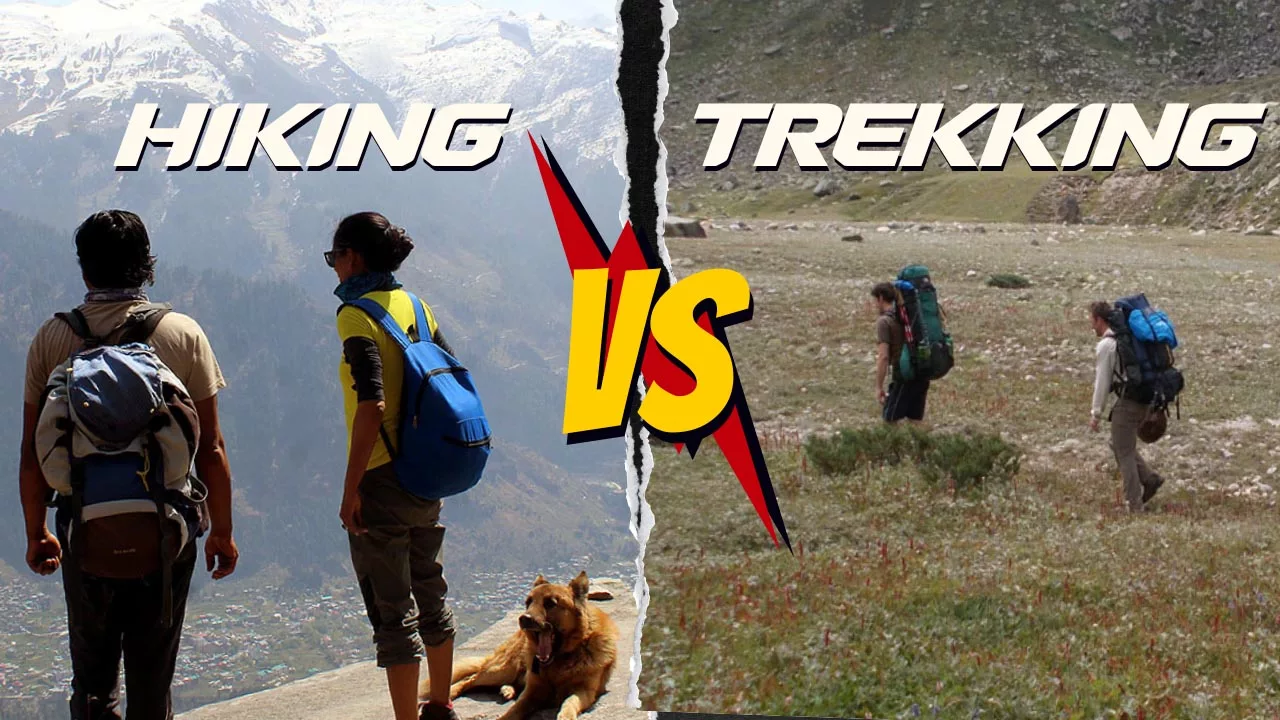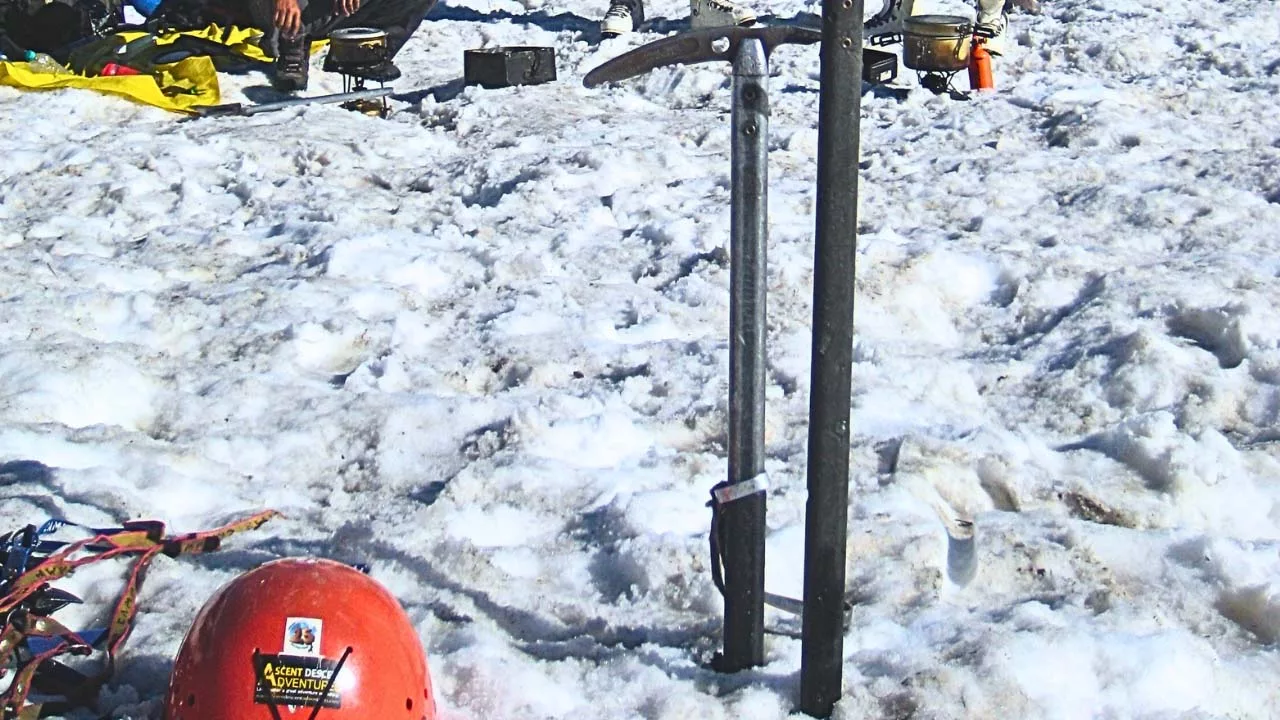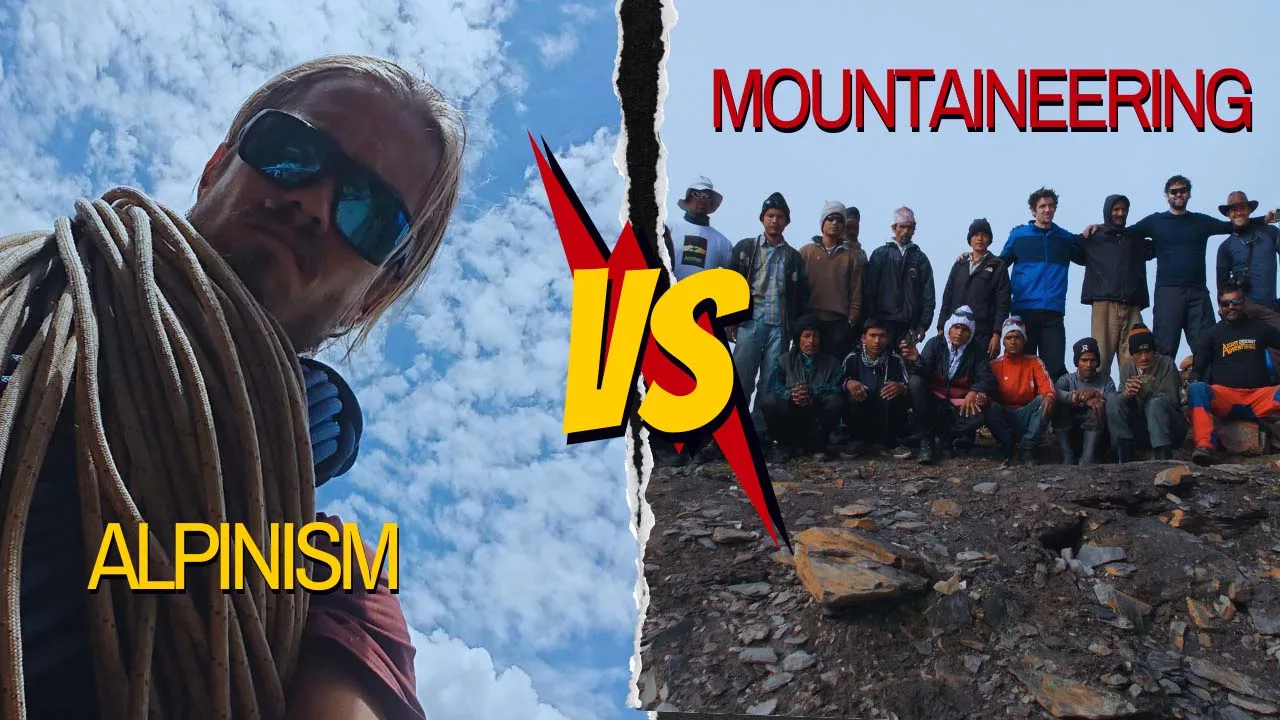Mountaineering vs. Trekking: Understanding the Key Differences
Blogs
Mountaineering vs. Trekking
Mountaineering vs. trekking are both popular outdoor activities that involve exploring mountainous regions, but they differ significantly in terms of:
- goals,
- challenges, and
- required skills.
Understanding these distinctions is critical for adventurers planning to embark on these expeditions. In this post, we will look at the differences between mountaineering and trekking to help you decide which adventure is best for you and your ability.

Definition and Scope: Mountaineering vs. Trekking
Mountaineering: Mountaineering involves ascending:
- peaks and
- summits,
And often requiring technical skills such as:
It typically involves conquering high-altitude mountains, sometimes exceeding 6,000 meters above sea level.
Trekking: Trekking, on the other hand, focuses on:
- traversing trails and
- routes
through mountainous terrain, usually at lower altitudes compared to mountaineering.
It emphasizes:
- long-distance walking and
- endurance,
offering opportunities to explore remote landscapes and cultural sites.
Mountaineering involves climbing to the top of mountains while trekking focuses on walking along trails through mountainous terrain.
- Learn about Hiking VS Trekking

Objectives and Challenges:
Mountaineering: The primary goal of mountaineering is to reach the summit of a mountain. It presents numerous challenges, including:
- unpredictable weather conditions,
- altitude sickness,
- technical obstacles like crevasses and cliffs, and the need for specialized gear and equipment.
Trekking: Trekking is more about the journey itself, immersing in the natural beauty of:
- mountains,
- mountain passes,
- valleys,
- lakes, and
- forests.
It involves:
- physical exertion and
- endurance,
the challenges are often less intense compared to mountaineering, focusing more on navigation, stamina, and resilience.

Skills and Training:
Mountaineering: Mountaineers require extensive training in various disciplines, including:
Formal training programs and certifications are often necessary to safely undertake mountaineering expeditions.
Trekking: While trekking doesn’t demand the same level of technical expertise as mountaineering, participants still need to be physically fit and prepared for extended periods of walking in rugged terrain.
- Basic navigation skills,
- an understanding of outdoor safety, and
- knowledge of the local environment is essential for trekkers.

Equipment and Gear:
Mountaineering: Mountaineers rely on specialized equipment such as:
- crampons,
- ice axes,
- harnesses,
- ropes,
- helmets, and
- protective clothing designed for extreme conditions.
The gear must withstand harsh weather, low temperatures, and rough terrain, ensuring safety and performance during ascent and descent.
Trekking: Trekkers require lighter gear suitable for long-distance walking, including:
- sturdy hiking boots,
- backpacks,
- trekking poles,
- weather-appropriate clothing,
- camping gear for overnight stays, and
- navigation aids such as maps or GPS devices.
While the equipment is less technical compared to mountaineering, it’s essential for comfort and safety during treks.
- Learn about Alpinism vs. Mountaineering

Conclusion:
Mountaineering and trekking offer distinct experiences and challenges, catering to different preferences and skill levels. Whether you’re drawn to the thrill of summiting towering peaks or prefer the tranquility of remote trails, both activities provide opportunities for:
- adventure,
- exploration, and
- personal growth.
By understanding the differences between mountaineering and trekking, you can choose the adventure that aligns with your interests, abilities, and aspirations in the mountains.